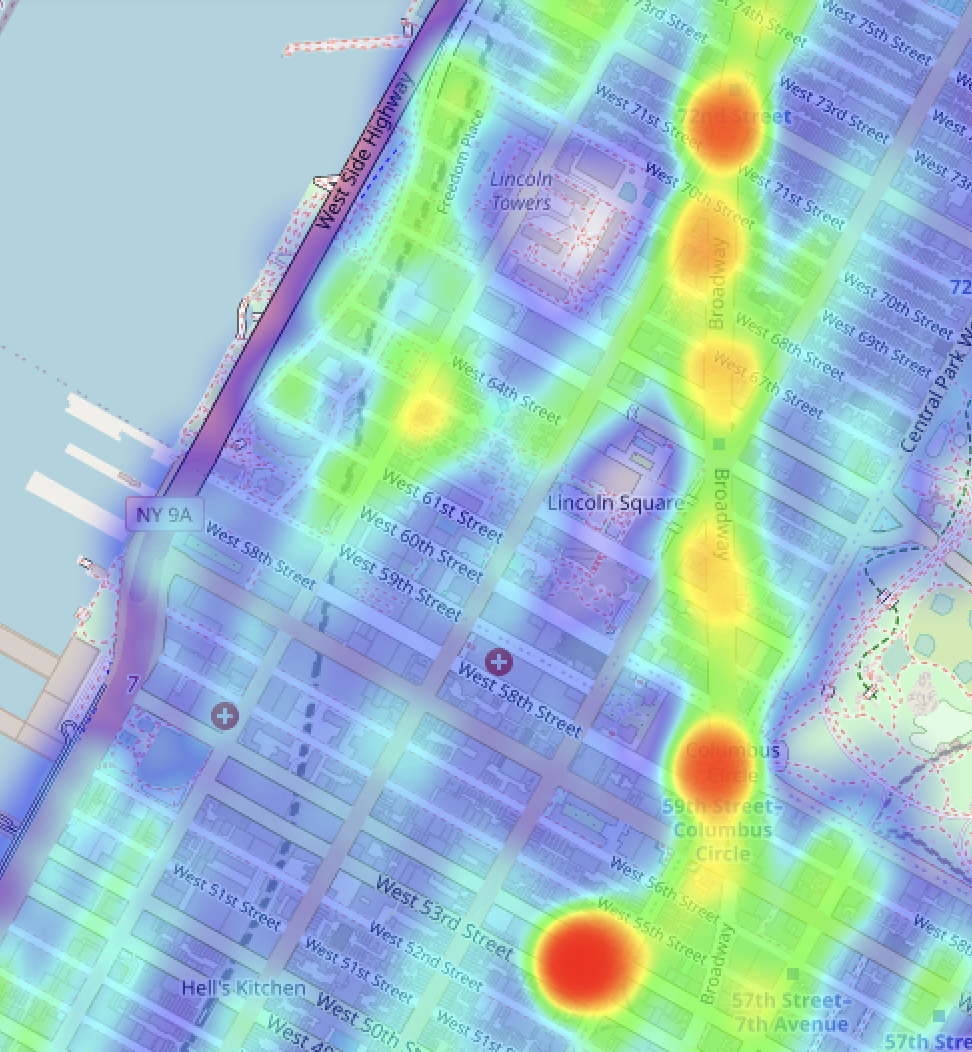Category: Temples
-
Redeeming the Dead: More Than Just “Doing Names”
While many Latter-day Saints are familiar with the mechanics of redeeming the dead through family history and temple work, the theology behind it—whether it’s just a “fix” or something more fundamental to God’s plan—is a deeper question. As we study the scriptural foundations for this work in the Doctrine and Covenants (especially D&C 124, 127,…
-
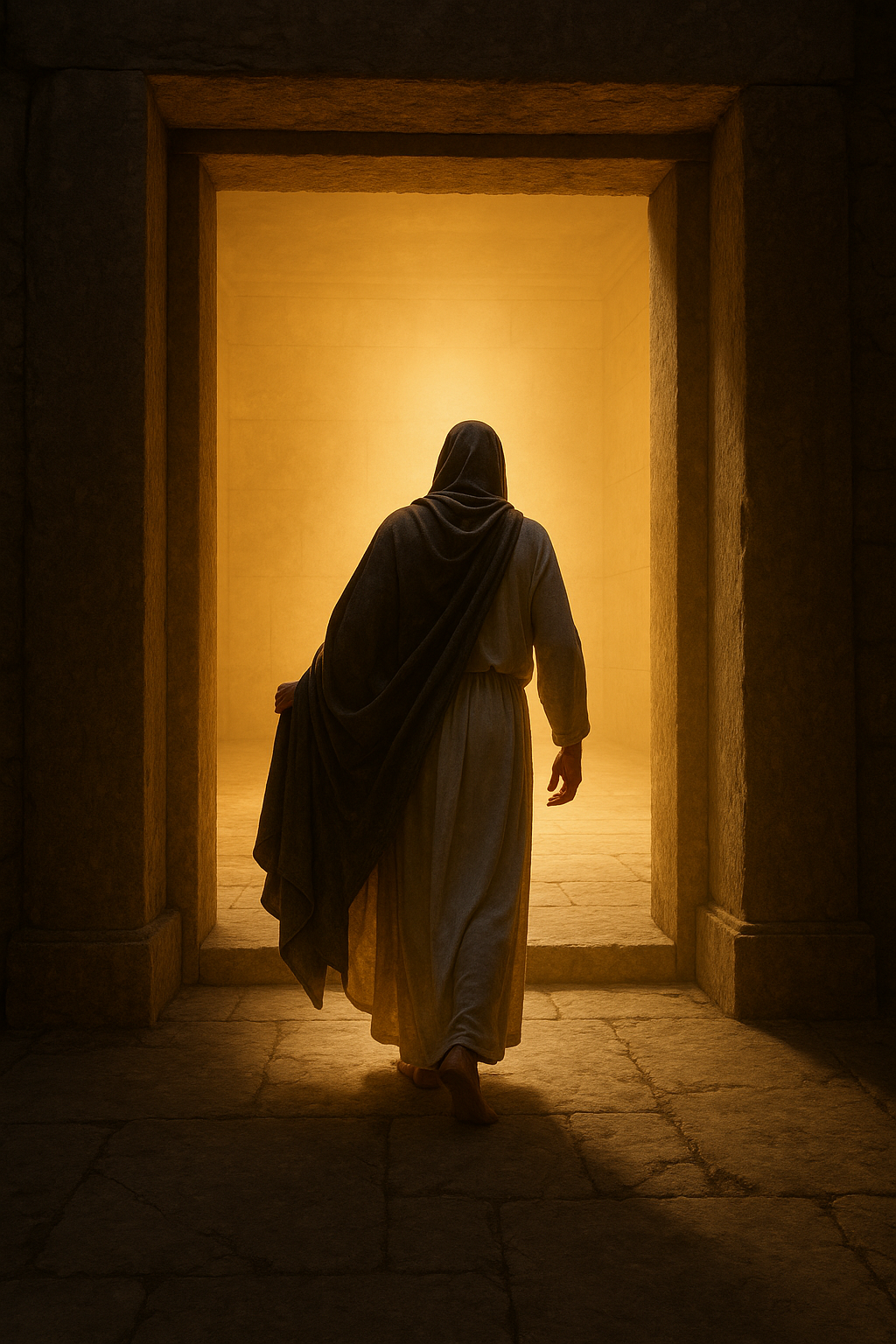
The Ancient Greek Endowment
I’ve already written at great length about how the Latter-day Saint temple ceremonies tap into various primal archetypes, and how that might relate to its Masonic connections. Again, the point isn’t to score some kind of point in favor of the Church’s truth claims, but, in a sense more interestingly, to appreciate the universality and…
-
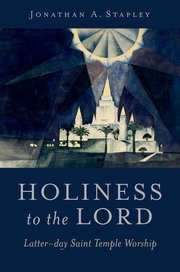
Holiness to the Lord: Latter-day Saint Temple Worship, a Review
Holiness to the Lord: Latter-day Saint Temple Worship, by Jonathan A. Stapley, is a rich exploration of the history, symbolism, and function of Latter-day Saint temples. The book traces temple development from the earliest Kirtland and Nauvoo structures to present-day edifices. Each chapter addresses both the physical details—materials, floor plans, artwork—and the spiritual purposes, including…
-
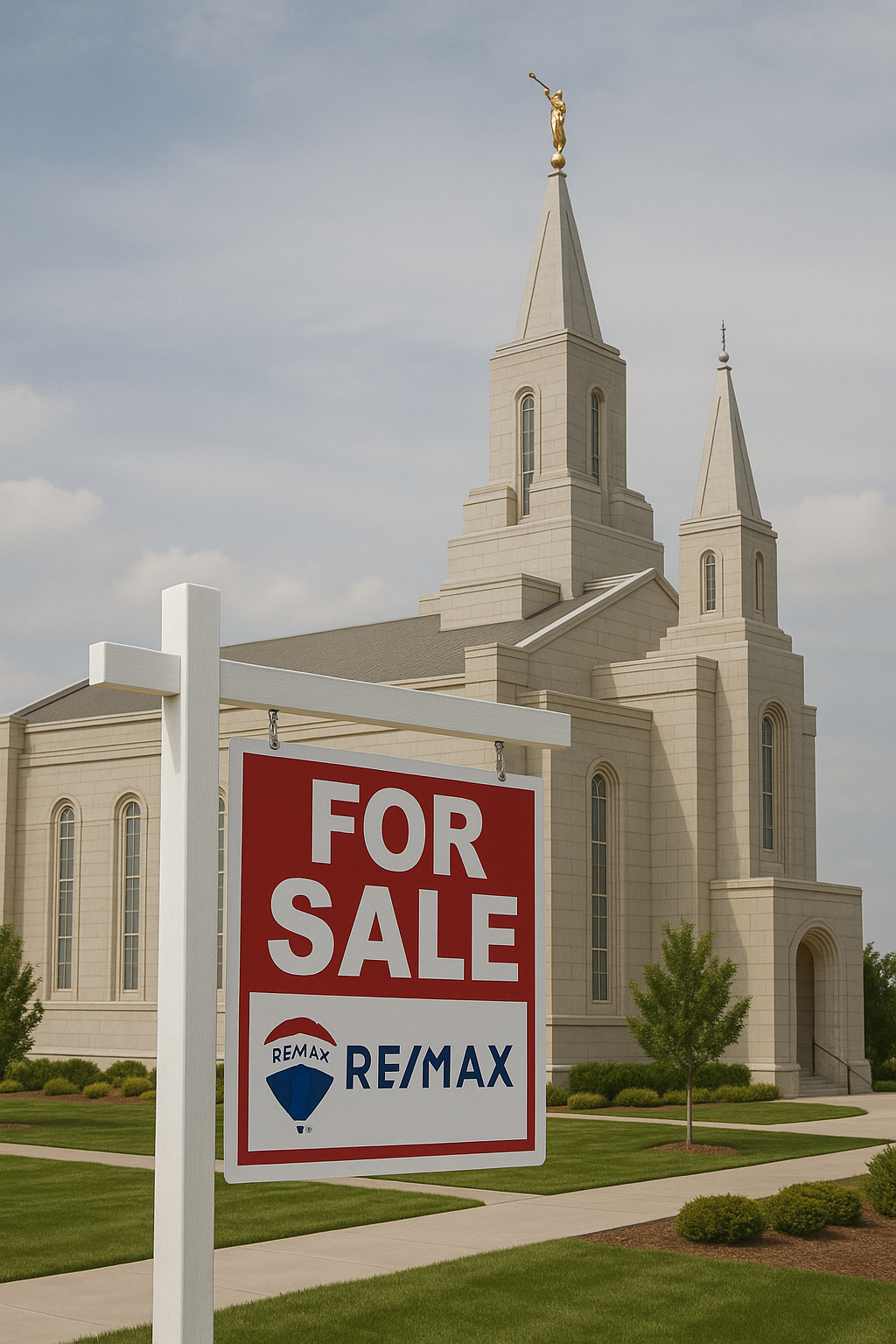
Selling Temples
It’s no secret that some are worried that the Church is overbuilding temples. While most make some sense in terms of the Church’s goal of having a temple close and accessible to members, anecdotes abound about temples being put very proximate to other temples that are already suffering from low attendance, and in the worst…
-
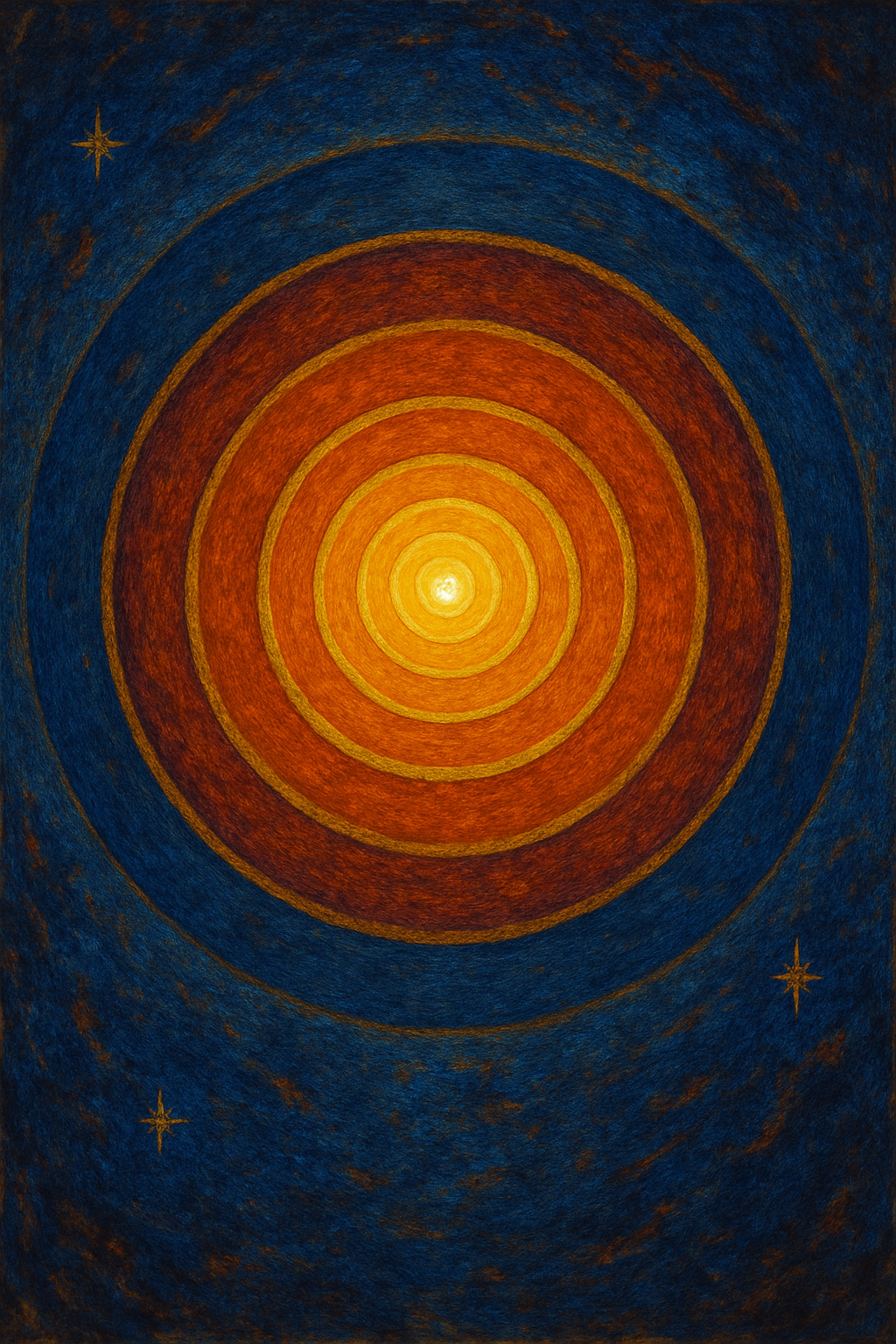
My Take on Masonry and the Temple
I generally consider myself pro-apologist. I think apologetics and apologists get a lot of undeserved grief in the Church (I see this as something of a pendulum swing from the 90s or so when Hugh Nibley types were rock stars that commanded huge fireside audiences). However, there have been a small handful of places where…
-
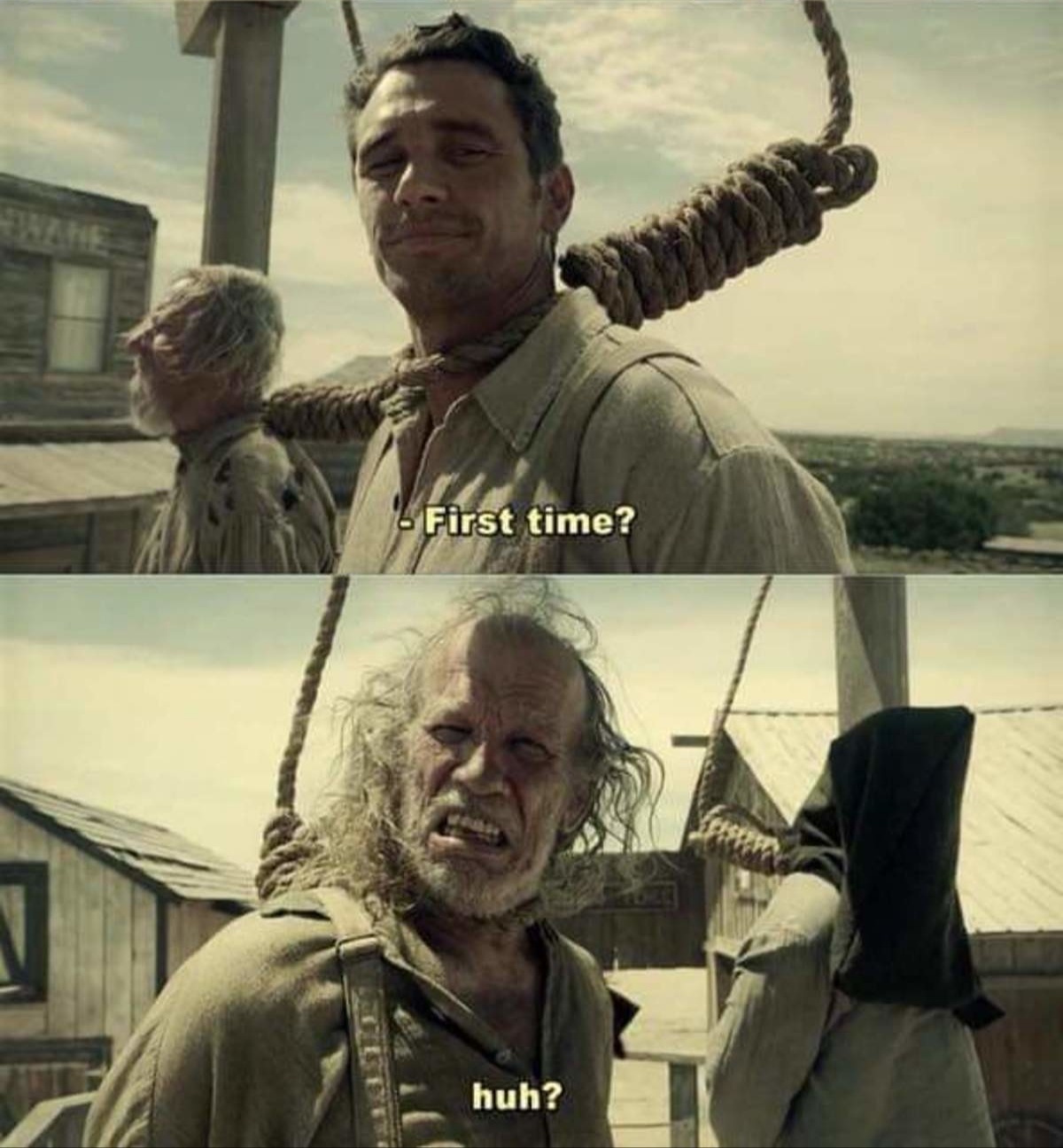
Loud Laughter, Reality, and Gallows Humor
One of the more curious aspects of the temple ceremony was the charge to avoid “loud laughter.” [Note, I originally spoke in the present tense, but evidently it has been removed–with all the recent changes I somehow missed that]. It’s like only eating meat during the winter, one of those things that was indisputably, canonically…
-
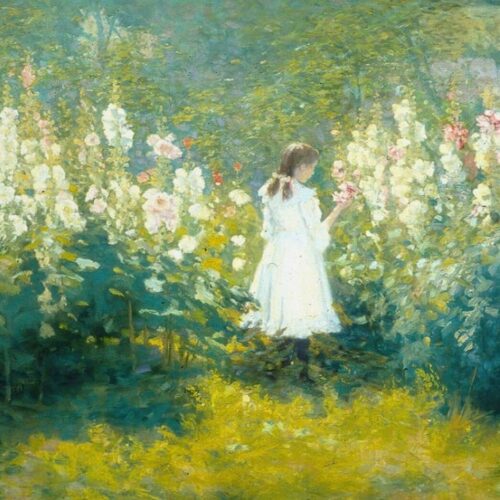
The Paris Art Mission
I love that Latter-day Saint temples tend to be well-decorated with artwork, including the temple murals. I still find it a bit painful that the murals were not preserved as part of the Salt Lake City Temple renovation, but still find the history of the original murals in the Salt Lake City Temple to be…
-
Moroni and Temple Sites
Moroni is an important figure in Latter-day Saint lore. For example, I’ve written previously about how some authors have taken any mention of angels and the Book of Mormon in the same story as a reference to Moroni, whether that conclusion is warranted or not. But another area in which Moroni plays a role is…
-
The Kirtland Temple Endowment
In modern Latter-day Saint terminology, the Endowment is a specific ordinance performed in temples around the world. In the first temple to be constructed by church members (the House of the Lord in Kirtland), however, the term has a somewhat different meaning. In a recent interview at the Latter-day Saint history blog From the Desk,…
-
Wilford Woodruff and the Founding Fathers
While Wilford Woodruff has only one canonized document in Latter-day Saint scriptures (Official Declaration 1), he did record a number of visions and revelations of his own. Perhaps the best-known among these is his vision of Wilford Woodruff and the Founding Fathers that led him to do proxy temple work for them and other eminent…
-
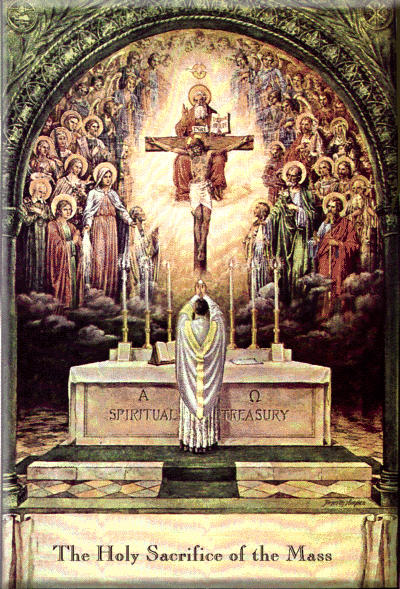
The Endowment and the Traditional Latin Mass: Beauty, Holiness, and Structure
Due to some things I’m involved in, I recently attended a Traditional Latin Mass (TLM). For the uninitiated, after Vatican II the Catholic Mass was changed to be more user-friendly. It was conducted in the vernacular instead of Latin and was shortened. While in the past the priest traditionally faced towards the East as he…
-
Architectural Influences of Modern Temples
I’ve always had a sort of amateur, passing interest in architecture, and temple architecture in particular. However, I’ve never had enough to
-
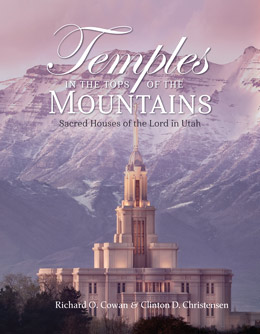
Temples in the Tops of the Mountains
Temples in the Tops of the Mountains: Sacred Houses of the Lord in Utah by Richard O. Cowan and Clinton D. Christensen (BYU RSC and Deseret Book Company, 2023) helped me solve a long-time mystery about my life. You see, when I was six years old, I went to the Vernal, Utah Temple open house.…
-

Temple Architecture and Local, Native Styles
Longtime readers may recall that I started to do a series on “temple architectural heritages” a while ago. I eventually aborted it since the subject was too big and unwieldy. Still, I’m looking forward to the day when somebody puts together a glossy coffee table book with not just pretty pictures, but also the architectural…
-
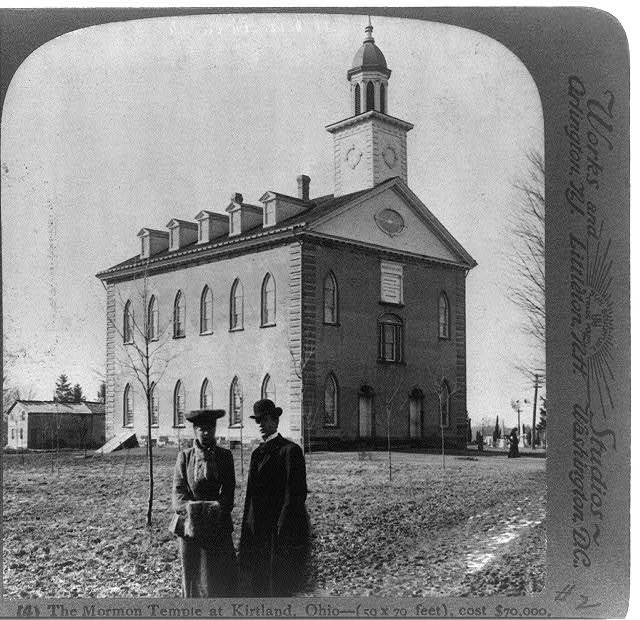
The House of the Lord in Kirtland
The House of the Lord in Kirtland, Ohio has been a major topic in the news as of late, thanks to the recent transfer of ownership between Community of Christ and The Church of Jesus Christ of Latter-day Saints. On the very same day that the transfer was announced, the Latter-day Saint history blog From…
-
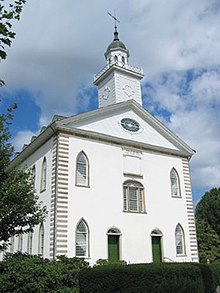
The Church Now Owns the Kirtland Temple
As I’m sure everybody is now aware, the Church now owns the Kirtland temple. A few drive-by-thoughts. I looked at the Community of Christ’s financials and posted about what I saw as the inevitable result of their situation (selling off additional properties, perhaps including the Kirtland temple) back in September of 2021, and that was shortly followed…
-
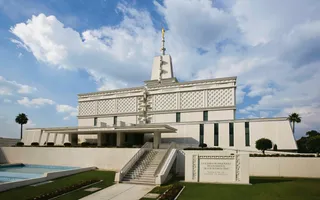
Temple Architectural Heritages: Mexico City
The Mexico City temple is unique architecturally in that it draws on the Mayan Revival Style. From Wikipedia “Though the name of the style refers specifically to the Maya civilization of southern Mexico and Central America, in practice, this revivalist style frequently blends Maya architectural and artistic motifs ‘playful pilferings of the architectural and decorative…
-
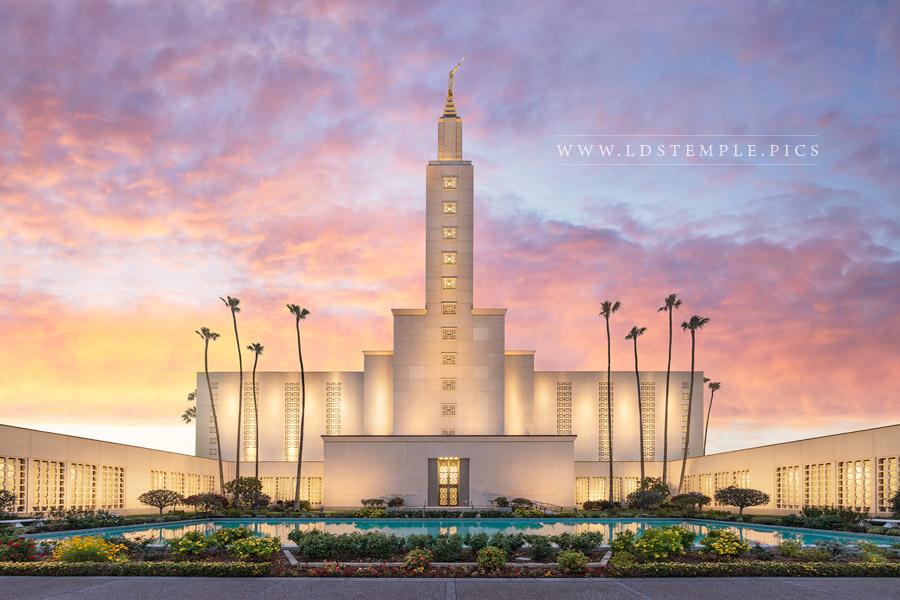
Temple Architectural Heritages: Los Angeles
The Los Angeles is an example of a “modern single spired design” like the Bern, Switzerland Temple and the London, England temple. It is also one of eight temples that have an assembly room. Being in the priesthood assembly hall–a large, cavernous room in the bright, holy context of a temple–is a special experience that I…
-
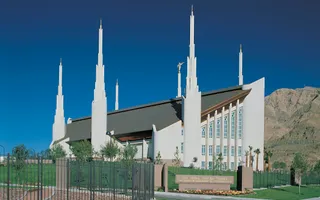
Temple Architectural Heritages: Las Vegas
According to the excellent Wikipedia article on LDS temple architecture, the Las Vegas temple is one of about a dozen temples that exhibit the “sloped roof style” that was used for temples in the mid- to late-1980s.
-
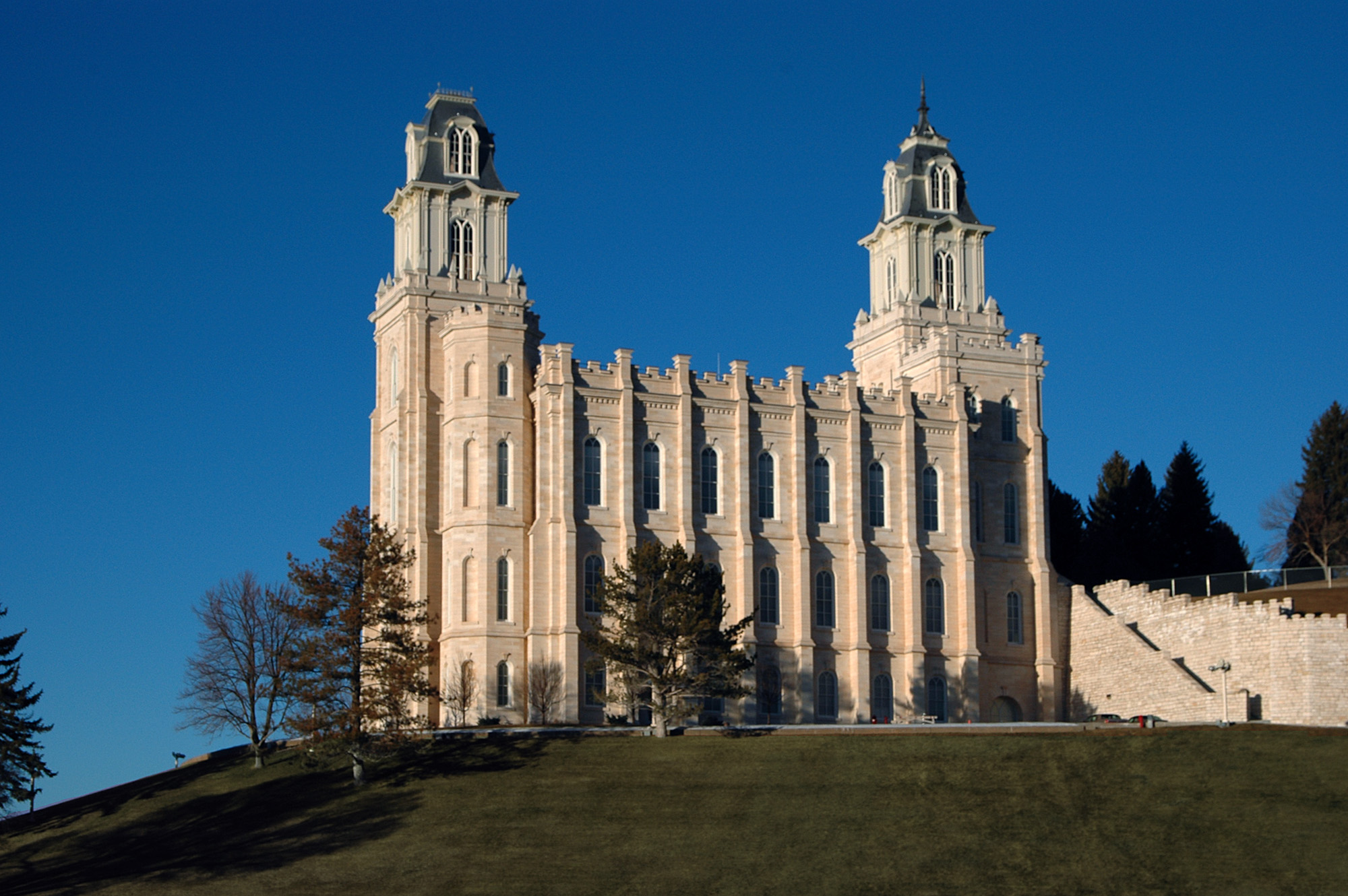
Temple Architectural Heritages: Manti
From Wikipedia: The Manti Temple is “Castellated Gothic.” From the Church website: “A castellated style reflects construction influences of Gothic Revival, French Renaissance Revival, French Second Empire and colonial architecture.”
-

Temple Architectural Heritages: Cardston
I’ve always had a sort of passing interest in temple architectural history and design, so I thought I’d get Chat-GPT-V’s take on the possible architectural influences of different temples by uploading an image, asking it to “explain the architectural influences of this building and provide examples of buildings typifying these influences. Discuss non-LDS-specific architectural themes.”…
-
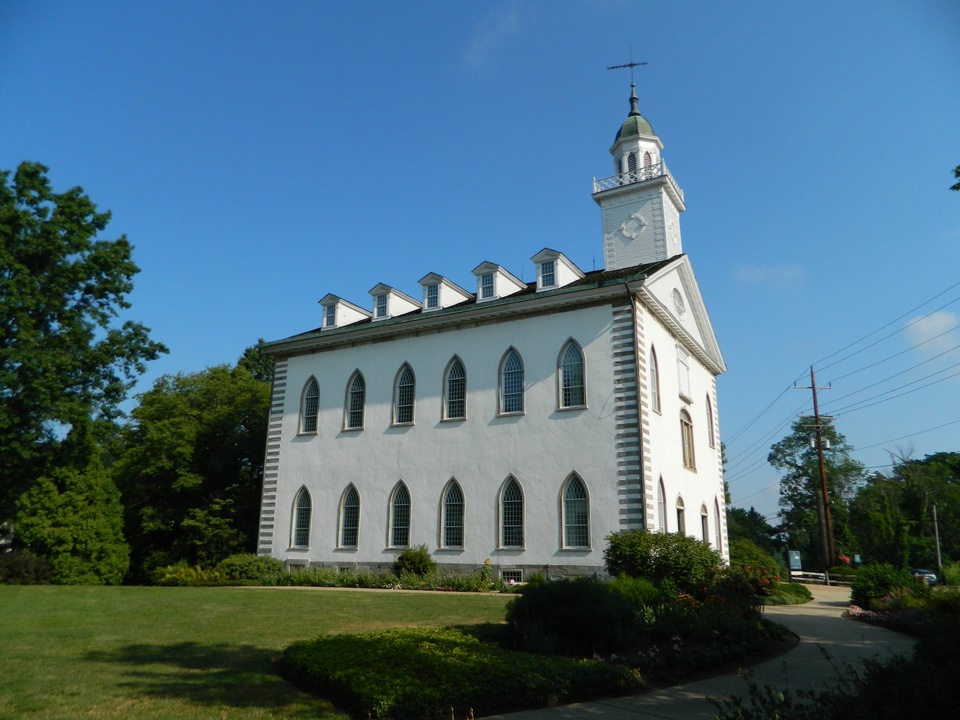
Temple Architectural Heritages: Kirtland
I was just given access to Chat-GPT’s image upload functionality. I’ve always had a sort of passing interest in temple architectural history and design, so I thought I’d get Chat-GPT’s take on the possible architectural influences of different temples, asking it to “explain the architectural influences of this building and provide examples of buildings typifying…
-

Temple Architectural Heritages: Provo
I was just given access to Chat-GPT’s image functionality. Now you can upload images and have it answer questions about it. (Yes, I know, but bear with me, after this I think it will be a while before we have anything fundamentally new in the AI space, so this might be my last AI series for a…
-
The Law of the Gospel
A couple years ago, The Church of Jesus Christ of Latter-day Saints included a list of the covenants made during the endowment session in their general handbook. It was a surprise, to be sure, but a welcome one. Yet, I missed a part of the significance of the text presented until reading a recent interview…
-
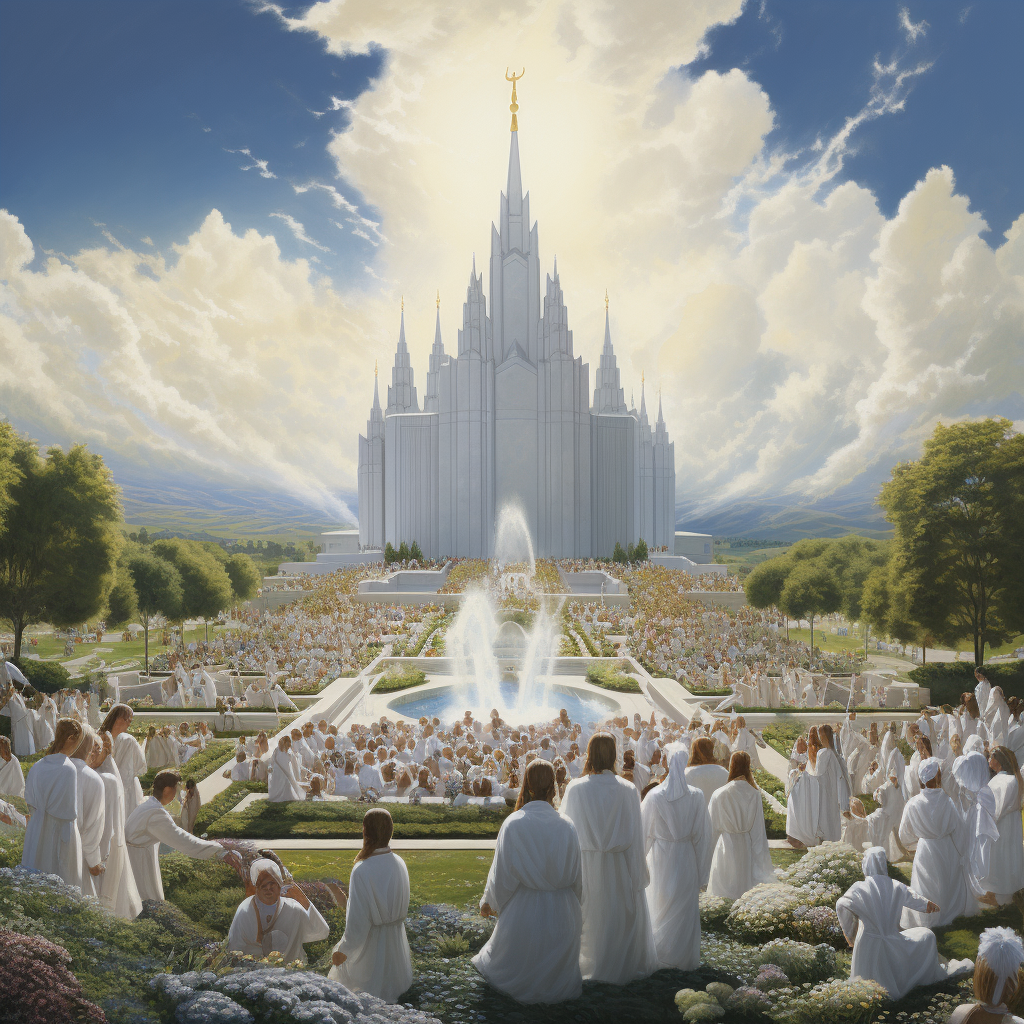
When Will We Be “Done” With Temple Work?
There must be this chain in the holy Priesthood; it must be welded together from the latest generation that lives on the earth back to Father Adam, to bring back all that can be saved and placed where they can receive salvation and a glory in some kingdom. This Priesthood has to do it; this…
-
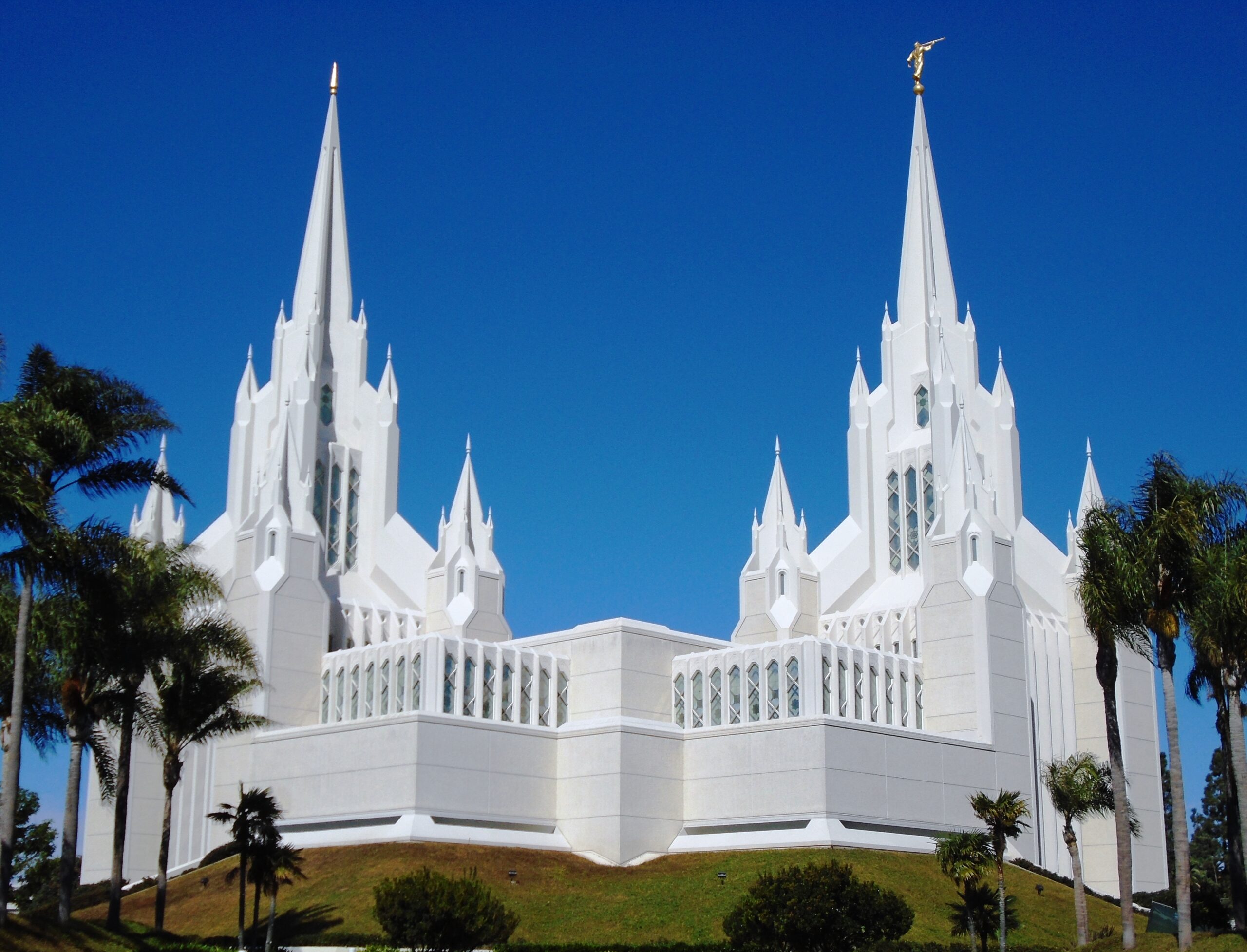
Temples, Communication, and Covenants
Temple rituals form an important part of Latter-day Saints’ covenant relationship with God. A recently-released book by Jennifer C. Lane entitled Let’s Talk About Temples and Ritual delves into the importance of temple rituals. Lane has shared some of the insights she gained that are captured in that book in an interview with the Latter-day…
-
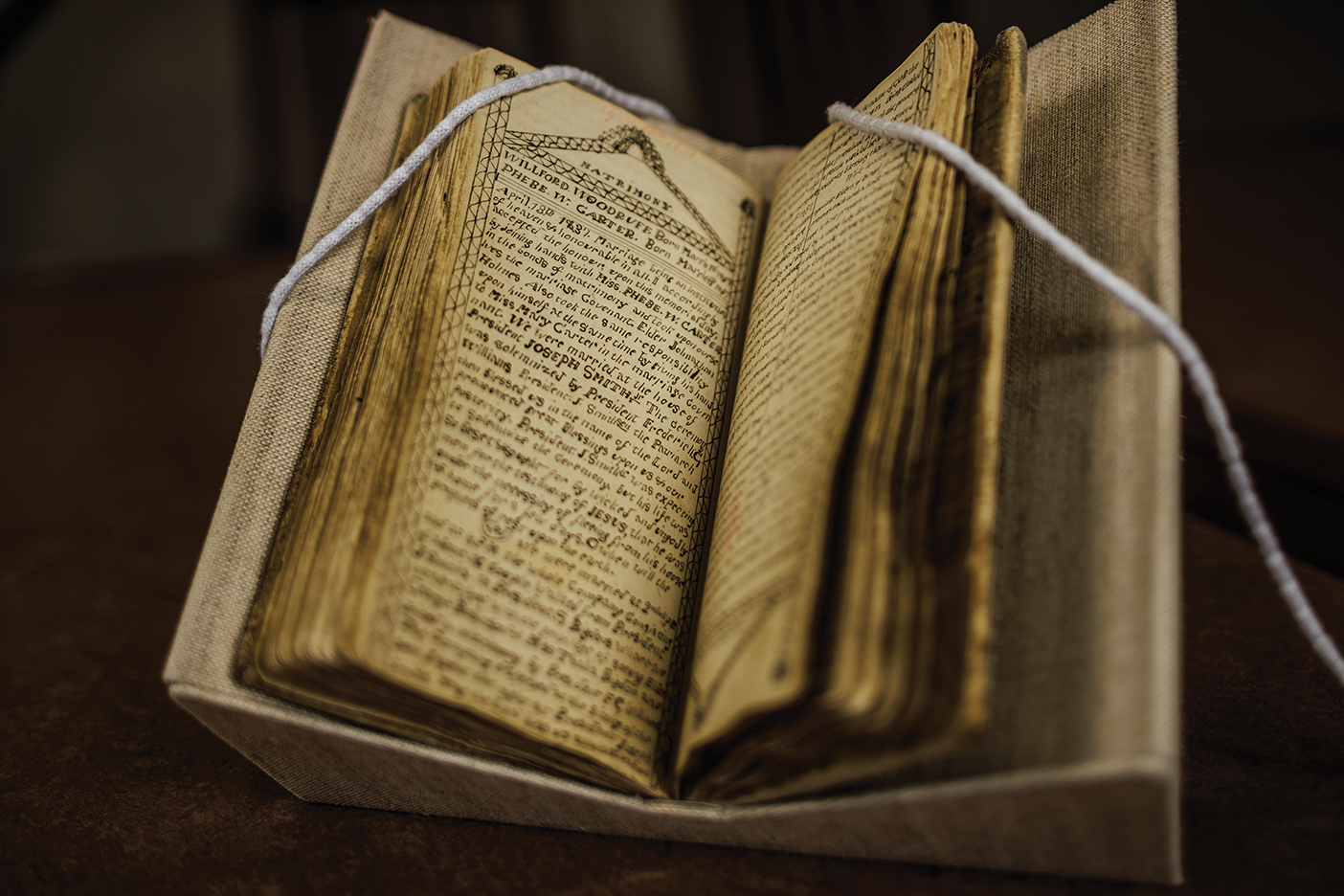
Wilford Woodruff and Adoption Sealings
Wilford Woodruff was hugely important in the development of temple work as we understand it today. In a recent interview at the Latter-day Saint blog From the Desk, Jennifer Mackley (the executive director and CEO of the Wilford Woodruff Papers Foundation) discussed some of the influence that Presisent Woodruff had on temple work. The interview…
-

Is the Church Overbuilding Temples?
Growing up in the 90s, Church growth was conceptually tied to temple building, with announcements of additional temples assumed to be a proxy for the growth in temple attending members. While we aren’t privy to the more precise numbers that would be required to know the true state of Church growth like the number of…
-
Memory, Inevitable Futility, and Temple Work
Banksy said that “everybody dies twice, One time when you stop breathing and a second time, a bit later on, when somebody says your name for the last time.” For much of humanity that second moment happens in a Latter-day Saint temple. –My brother Carl. I have a morbid interest in old graveyards. The weather-chipped…

